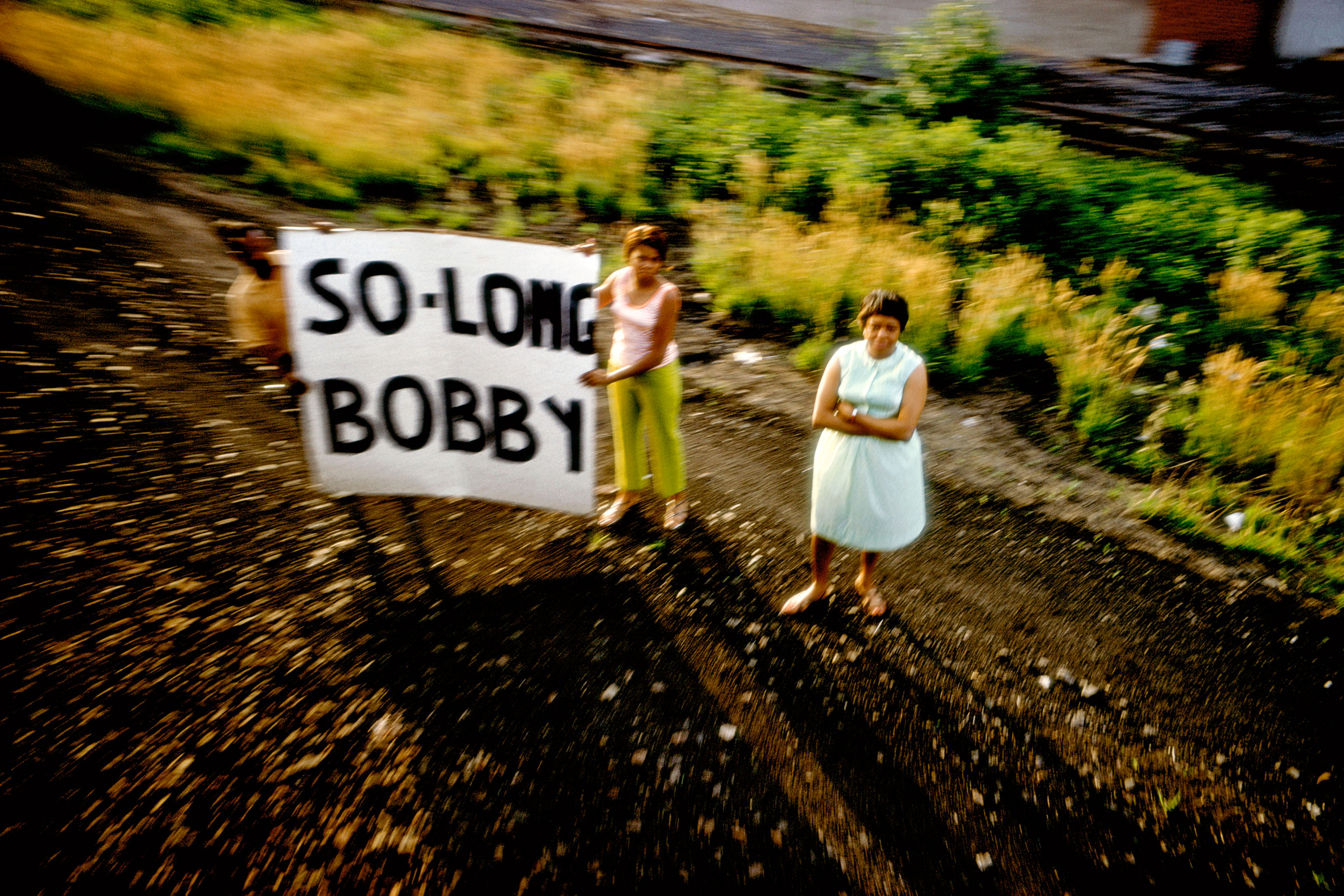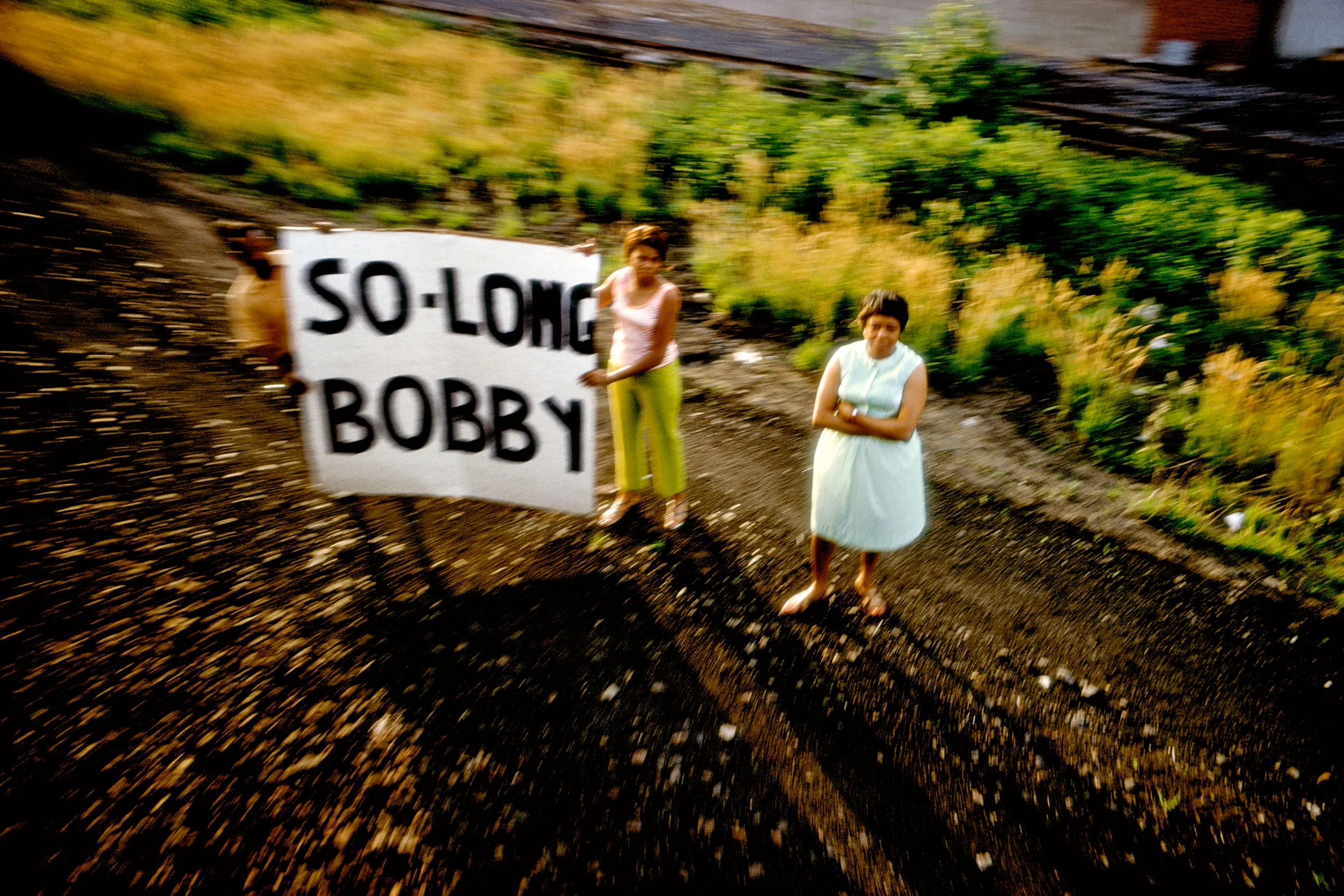
On view: May 26–September 3, 2017
Media Preview: Wednesday, May 24 | 11 AM–2 PM
Location: ICP Museum | 250 Bowery, New York, NY
The International Center of Photography (ICP), the world’s leading institution dedicated to photography and visual culture, continues its designated “Year of Social Change” with Magnum Manifesto, which celebrates the 70th anniversary of the renowned Magnum Photos collective. Premiering at the ICP Museum (250 Bowery, New York, NY) on May 26, the landmark exhibition underscores ICP’s long-standing connection to concerned photography and the social and historic impact of the medium as a whole.
Organized by curator Clément Chéroux—formerly chief curator of photography at the Centre Pompidou, now senior curator of photography at SFMoMA—in collaboration with photography historian Clara Bouveresse and ICP Associate Curator Pauline Vermare, Magnum Manifesto offers an examination of the history of the second half of the 20th century through the lenses of 75 masters, providing a new and insightful perspective on the contribution of these photographers to our collective visual memory. The wide-ranging exhibition traces the ideas and ideals behind the founding and development of the legendary cooperative, created by Robert Capa, Henri Cartier-Bresson, George Rodger, and Chim (David Seymour) in 1947.
“When you look through the Magnum archive, you cannot help but feel a mixture of jubilation and vertigo. The vast collection of images and information amassed over the seven decades since the creation of the cooperative—the great events of the day, together with the commonplace facts and deeds of everyday life, the laughter, the violence, moments of magic or of symbolic significance, and even representations of abstract thought—potentially it contains all the histories of the world,” says Chéroux. “Magnum Manifesto points to how vast the exploitable fields covered by the collection are. It offers a small reconstruction of the entire range of human experience and shows that Magnum is a world in itself.”
The exhibition is organized into three main parts:
- Part I: 1947–1968: “Human Rights and Wrongs” views the Magnum archive through a humanist lens, focusing on post-war ideals of commonality and utopianism. A centerpiece of this section will be the Paul Fusco series, RFK Funeral Train.
- Part II: 1969–1989: “An Inventory of Differences” shows a world fragmenting, with a focus on subcultures, minorities, and outsiders. This section features images from a range of photographers, including Danny Lyon and Susan Meiselas.
- Part III: 1990–2017: “Stories about Endings” charts the ways in which Magnum photographers have captured—and continue to capture—a world in flux and under threat, from Thomas Dworzak’s images of the Taliban to Donovan Wyle’s Maze series, and very recent photos such as those from Alessandra Sanguinetti in the aftermath of the Nice terrorist attacks.
Magnum Manifesto features group and individual projects and includes more than 250 prints and 300 projected photographs, as well as more than 130 objects—books, magazines, videos, and rarely-seen archival documents. Among many others, it incorporates the work of Christopher Anderson, Jonas Bendiksen, Henri Cartier-Bresson, Cornell and Robert Capa, Chim, Raymond Depardon, Bieke Depoorter, Elliott Erwitt, Martine Franck, Leonard Freed, Paul Fusco, Cristina Garcia Rodero, Burt Glinn, Jim Goldberg, Joseph Koudelka, Sergio Larrain, Susan Meiselas, Wayne Miller, Martin Parr, Marc Riboud, Alessandra Sanguinetti, Eugene W. Smith, Alec Soth, Chris Steele-Perkins, Dennis Stock, Mikhael Subotzky, and Alex Webb.
The exhibition is a co-production between ICP and Magnum Photos. The accompanying catalogue, published by Thames & Hudson, showcases more than 510 photographs (230 in color) and features essays by Chéroux and Bouveresse as well as a timeline of Magnum Photos’ history.
Also on view as of May 26, to coincide with the opening of Magnum Manifesto, is Unwavering Vision #2—the latest incarnation of the interactive multimedia installation by Alan Govenar, Jean-Michel Sanchez, and Julien Roger, produced by Documentary Arts in association with on-situ. Installed in the free public space at the ICP Museum, the engaging piece now offers a specially designed filter to look at 1485 Magnum images from ICP’s permanent collection. This multimedia installation builds on Unwavering Vision #1 and includes 3668 images of social change, as well as new audio segments, videos, and biographies.
About the Curatorial Team
Clément Chéroux is a photo-historian with a Ph.D in art history. Since January 2017, he has been the senior curator for photography at the San Francisco Museum of Modern Art. From 2007 to 2016, he was curator and then chief curator for photography at the Centre Pompidou in Paris. As an author or editor, he has published thirty books about photography, including L'Expérience photographique d'August Strindberg (1994), Fautographie, petite histoire de l'erreur photographique (2003), Diplopie, l'image photographique à l'ère des médias globalisés : essai sur le 11 septembre 2001 (2009), Vernaculaires, essais d'histoire de la photographie (2013), and Avant l'avant-garde, du jeu en photographie (2015). He has curated over thirty exhibitions, including Mémoire des camps. Photographies des camps de concentration et d'extermination nazis, 1933–1999 (2001), The Perfect Medium. Photography and the Occult (2004), La Subversion des images : surréalisme, photographie, film (2009), Shoot! Existential Photography (2010), Henri Cartier-Bresson (2014), Paparazzi ! Photographes, stars et artistes (2014), and Walker Evans (2017).
Clara Bouveresse is a photography historian. She holds a Ph.D in art history from Paris 1 Panthéon–Sorbonne University. Her doctoral thesis explored the evolution of Magnum Photos since its creation in 1947. She is the author of Histoire de l’agence Magnum (Flammarion) and co-author of Magnum Manifesto (Thames & Hudson). From 2014 to 2015, she was a Georges Lurcy fellow at Columbia University, New York.
Pauline Vermare is an associate curator at the International Center of Photography, New York (ICP). Before joining ICP, Pauline worked at MoMA on the exhibition and publication Henri Cartier-Bresson: The Modern Century. From 2003 to 2009, she was the head of communications and exhibitions production at the Henri Cartier-Bresson Foundation in Paris. From 2001 to 2002, she worked at Magnum Photos’ Paris office. As a curator, Pauline has been part of ICP’s exhibition department since 2010 and worked on the production of numerous ICP shows and publications, including The Mexican Suitcase, Elliott Erwitt: Personal Best, Christer Strömholm: Les Amies de Place Blanche, Sebastião Salgado: Genesis, Capa in Color, ¡CUBA, CUBA!, and Public, Private, Secret. She holds a Masters of International Relations from the Paris Institute of Political Studies (Sciences Po) and a Masters in Japanese Language and Civilization (Langues’O).
About Magnum Photos
In 1947, four photographers, Robert Capa, Henri Cartier-Bresson, George Rodger, and David “Chim” Seymour, toasted the founding of what would become the world’s most influential artist collective over a celebratory magnum of champagne in the Museum of Modern Art, New York City. Over the past 70 years, 92 photographers have contributed to the story of Magnum, and today 49 photographer members continue to chronicle the world, interpreting its people, events, and issues through visual storytelling. Magnum Photos remains an artists’ cooperative of great diversity and distinction, owned by its photographer members, and it represents some of the world’s most renowned photographers, maintaining its founding ideals and idiosyncratic mix of journalist, artist, and storyteller.

About ICP
The International Center of Photography (ICP) is the world’s leading institution dedicated to photography and visual culture. Cornell Capa founded ICP in 1974 to preserve the legacy of “concerned photography”—the creation of socially and politically minded images that have the potential to educate and change the world—and the center’s mission endures today, even as the photographic medium and imagemaking practices have evolved. Through its exhibitions, school, public programs, and community outreach, ICP offers an open forum for dialogue about the role that photographs, videos, and new media play in our society. To date, it has presented more than 700 exhibitions and offered thousands of classes at every level. ICP brings together photographers, artists, students, and scholars to create and interpret the realm of the image. Here, members of this unique community are encouraged to explore photography and visual culture as mediums of empowerment and as catalysts for wide-reaching social change. Visit icp.org/concerned to learn more.
Contact
Meryl Cooper, [email protected], 917.974.0022
Special Thanks
ICP’s presentation of Magnum Manifesto is supported in part by an award from the National Endowment for the Arts, and by public funds from the New York City Department of Cultural Affairs in partnership with the City Council.

Printing made possible by



